These 11 Twin Cities building professionals are inspiring a younger generation to jump into the local housing industry—hard hat first.
The housing industry may be aging, but it’s still a thriving field with ample opportunities to grow, learn new skills, and make a lucrative living. That’s what these 11 construction professionals demonstrated when they participated in a Student Skills Demo at the annual Builders and Remodelers Show this February, partnering with Minnesota schools and students to build playhouses for charitable organizations. But their commitment to expanding the local labor pool goes far beyond this event. From scholarships and career days to mentorships and internships, here’s how Twin Cities housing professionals are inspiring a new generation of trade workers.
Jason Myrlie
Owner, J Carsten Remodeling
Jason Myrlie didn’t intend to kick off a career in housing. Armed with a degree in nutrition, he had no real building knowledge—until a family member pulled him into the industry to help manage construction projects.
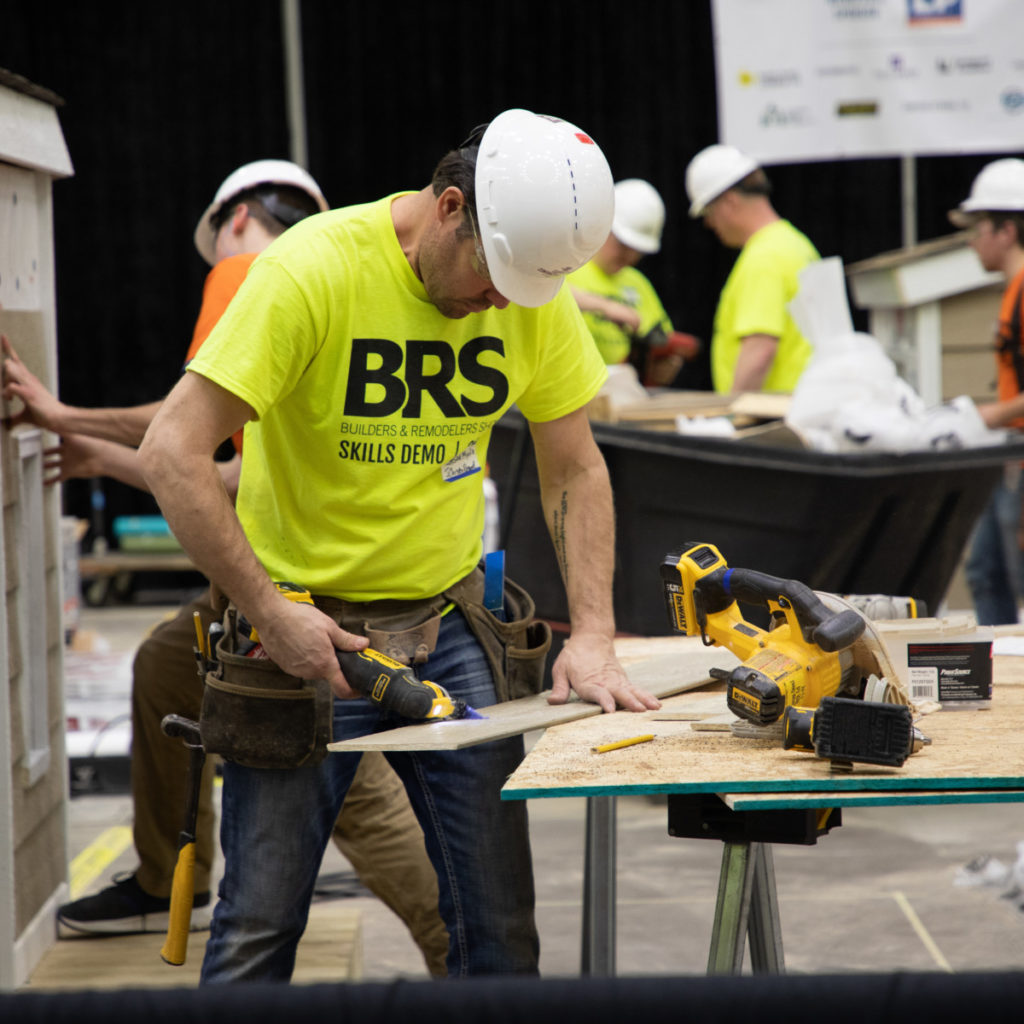
In 2003, Myrlie launched his own business, J. Carsten Remodeling, a design-build company that has been reimagining kitchens, baths, and everything in-between for close to two decades.
The fact that he gets to do something new every time he steps onto a job site keeps Myrlie inspired and enthusiastic about his line of work, but running a company also comes with its challenges. “As a person who is in the middle of the age brackets as far as builders go, it’s getting harder and harder to find anyone available to do quality work,” says Myrlie, citing how labor shortages have caused challenges like extended building schedules. “A lot of these guys are retiring and we need people to fill their spots.”
That’s why he’s committed to volunteering as much as possible to bring awareness to the fulfilling, lifelong careers in the housing industry. “Making our industry better starts with everybody from the ground up,” Myrlie says. “If we don’t get the next generation interested in working on it, we won’t have anything to work with.”
Patrick Frederiksen
Client Care Director, Streeter Custom Builder
Patrick Frederiksen knows what it’s like to climb your way up in the housing industry. He started at age 12, working for a family friend who owned a handyman business. Executing small projects, remodels, and decks through middle and high school led to a job with a local builder upon graduation, where he worked for a year before starting with Streeter. He’s never looked back.
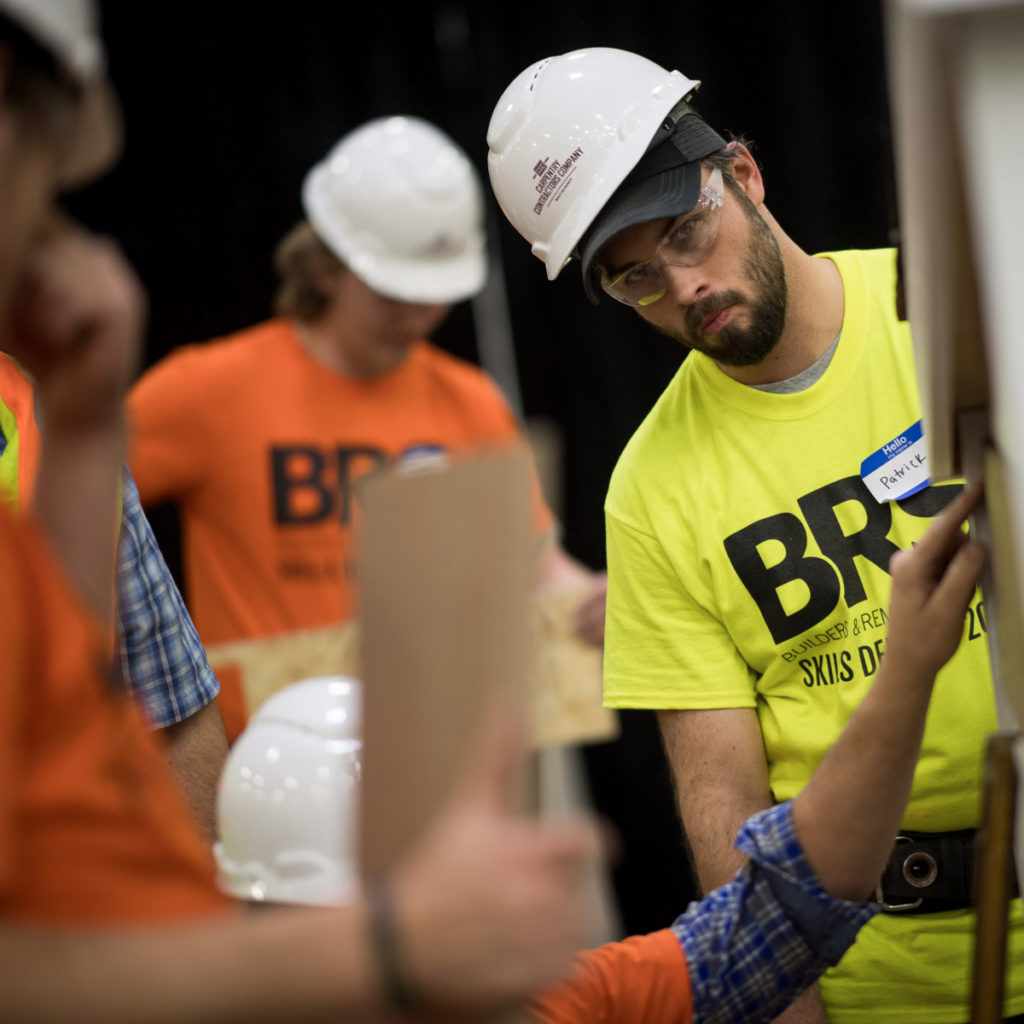
Pulling from his own experience, Frederiksen—who is now in charge of client care through
Streeter’s home warranty division—is trying to demonstrate that the housing industry is a viable career path for students on the verge
of graduation.
“It seems like a lot of people nowadays are losing touch with hands-on abilities and being interested in doing manual labor,” he says. “It’s a rewarding job, it’s a rewarding career, and getting to see that is important. You can work hard all day, and at the end of the day, you can look back at what you’ve done and have some pride.”
Ben Breemeersch
Field Superintendent, Streeter Custom Builder
Ben Breemeersch knows how intimidating it can be for recent grads to jump into the housing industry: At 24 years old, he’s in the minority age group among his peers—but that gives him even more incentive to share his career story.
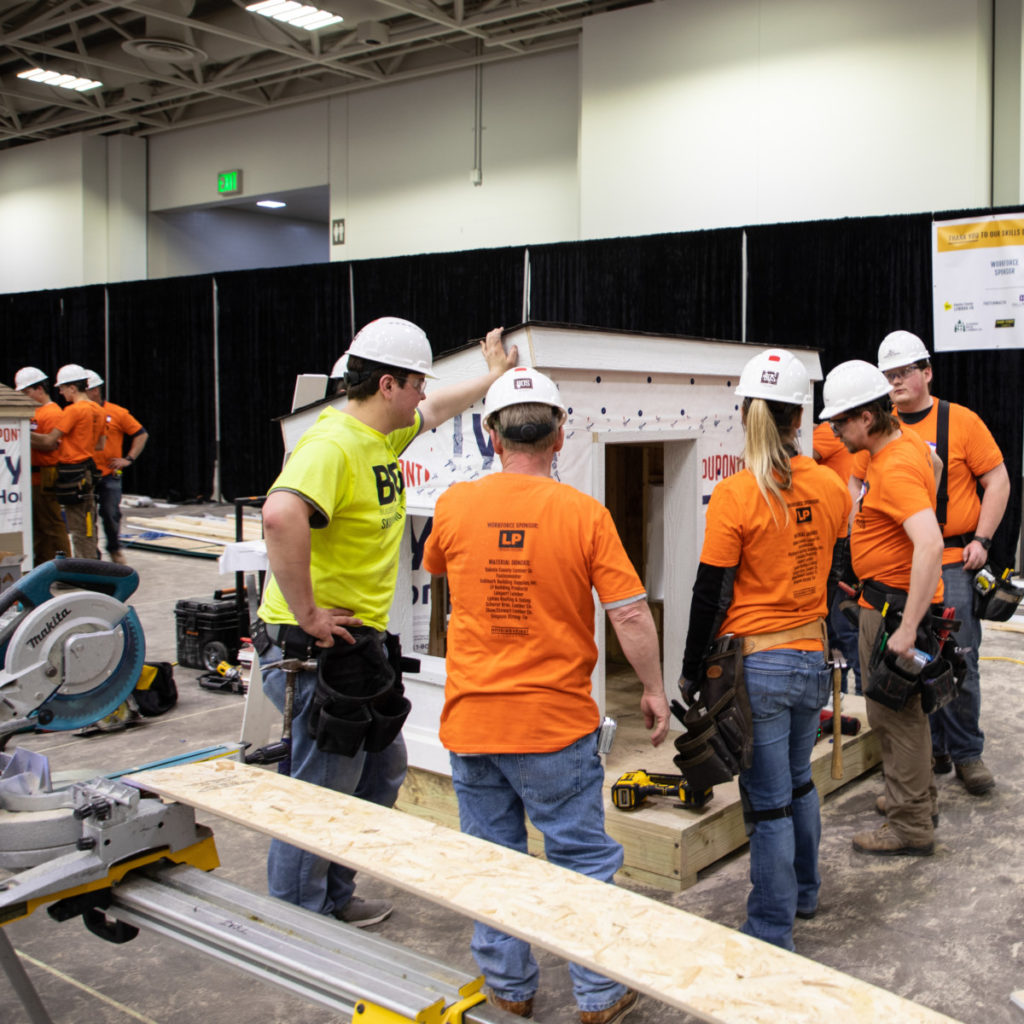
Growing up in Duluth, Breemeersch was ready for a change of pace from the small town, prompting a move to the Twin Cities and a job in retail. He had an interest in pursuing a career in construction but wasn’t sure which channel to pursue—until a coworker who also worked for a builder recruited him to be a laborer.
“The way you need to get into the industry is just getting that experience and seeing what it’s like,” says Breemeersch. “I took construction classes in high school but I never had the chance to look into what it would be like to actually be in the field.”
Today, he’s proud of the position he’s climbed to—a field superintendent for Streeter Custom Builder—during his six years in the industry, and he’s inspiring the next generation to follow in his footsteps.
“I didn’t know anything the first day I stepped on a job site,” says Breemeersch, who in the near future hopes to implement a field day for local schools to visit a job site. “I knew how to push a broom and clean a house, and that was basically it. Everything else is through asking questions and paying attention.”
Gary Kraemer
President and Co-Founder, John Kraemer & Sons
Gary Kraemer understands the importance of mentoring—he himself learned the ropes of construction working for his dad, John, who launched John Kraemer & Sons in 1978.
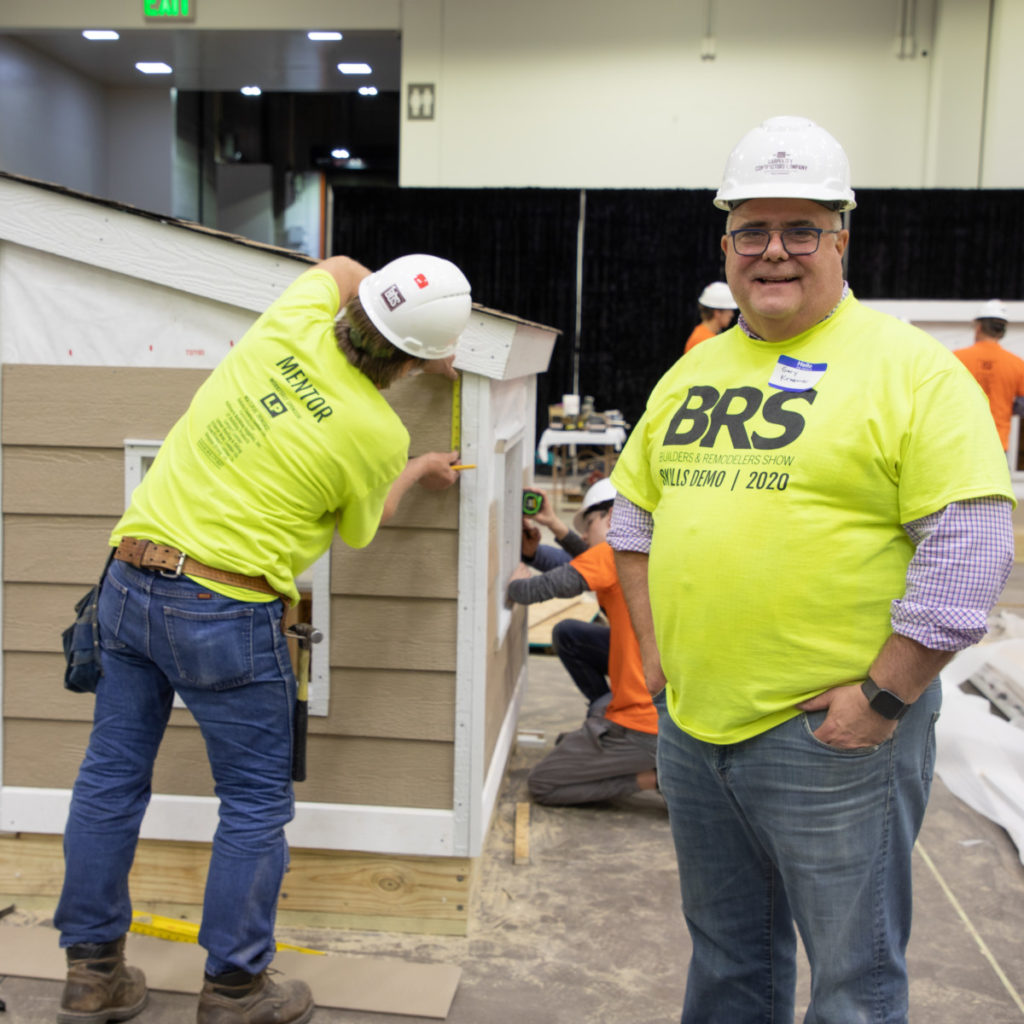
“You didn’t go to school and do it; you just learned it,” he says of his on-the-job training. “It just seemed so natural, and I’m not sure we have enough of that going around anymore.”
Now serving as the president and co-founder of John Kraemer & Sons, as well as the president of Housing First, Kraemer is dedicated to providing students with the same opportunities he was offered decades ago. Not only does he participate in events like the Student Skills Demo—his company also hires a handful of high school and college students every summer to work on job sites.
“I love meeting young people who like to work with their hands,” he says. “In our industry—to be a carpenter, a builder—you have to have a passion for what you’re doing. To see that passion in younger people, and to develop that and help them mature in that, is extremely rewarding to me.”
Ray Walentiny
Job Superintendent and Project Manager, John Kraemer & Sons
For Ray Walentiny, it doesn’t matter if he’s building a car or a home—he just loves working with his hands. So it makes sense that he gravitated toward painting, sheet metal, carpentry, and machinist classes in high school.
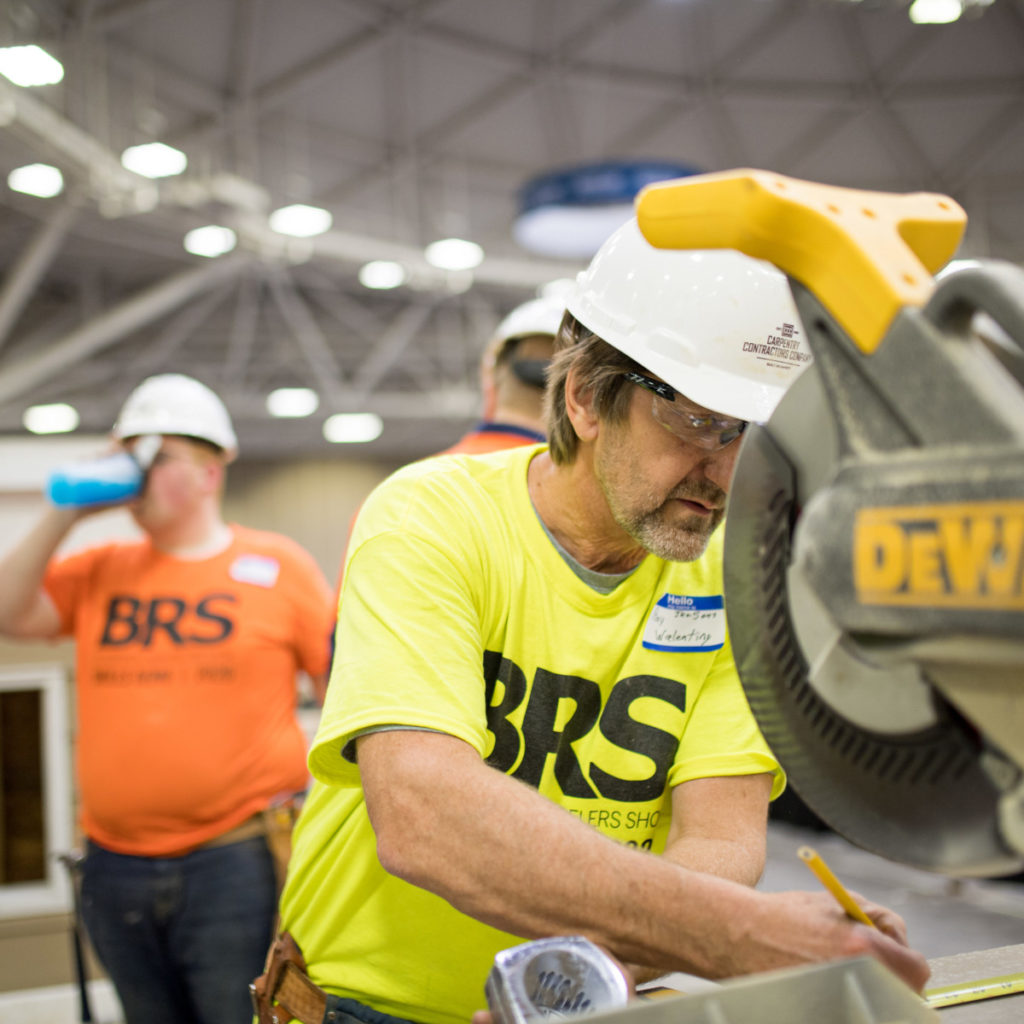
“I never even took any woodshop classes while I was in high school because I had exposure to this stuff at my house. In junior high, I was building furniture and everybody else was building birdhouses,” says Walentiny, who was offered a position with John Kraemer & Sons in 1977 shortly after graduating, learning skills like framing houses and installing windows on the job.
Drawing from his own experience, Walentiny acknowledges that college isn’t always the best fit after high school, and is constantly seeking out “kids who are looking for a job, or somebody who I think might be able to work in this field,” he says. That includes both his nephew and his 11-year-old grandson, who has been working alongside Walentiny since he could walk.
“When I was in high school, I knew I wasn’t going to college. It didn’t really matter to my parents as long as I was headed in a direction,” says Walentiny, whose dad was also a builder. “There’s a lot of people like I am, where book learning wasn’t the easiest thing. There’s a lot of kids who like to use their hands.”
Kirk Van Slooten
Senior Construction Manager, Streeter Custom Builder
Kirk Van Slooten recalls accompanying his contractor dad to assist on job sites as young as 12 or 13, spending summers and holidays picking up on the ins and outs of running a construction business. He gained beneficial on-the-job skills, of course, but also learned the importance of having a good work ethic, which served him well as he rose to his current position: head of construction for Streeter Custom Builder.
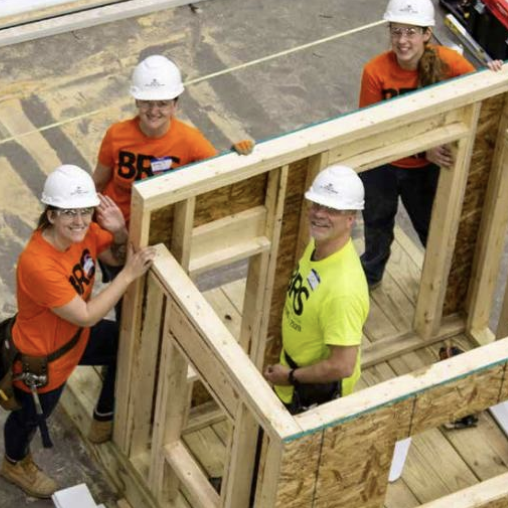
“College isn’t necessarily the best road for everybody,” says Van Slooten. “I always have felt that if you’re going to college, there should be a goal to work toward a career. I see a lot of [kids] coming out of school with a lot of debt and, really, they don’t even end up with a job that has anything to do with what they’re going to school for.”
Now with three daughters of his own, Van Slooten hopes to inspire the younger generation, particularly women, to pursue careers in the housing industry. He points to benefits like retirement plans, health insurance, and paid holidays and vacations—plus the satisfaction of building something from the ground up. “I love the aspect of designing a home on paper and making it into something real,” he says.
Jared Langford
Project Manager, Hagstrom Builder
Jared Langford was first introduced to the housing industry while studying business management in college, when his roommate told him he could make good money as a laborer for a framing crew.
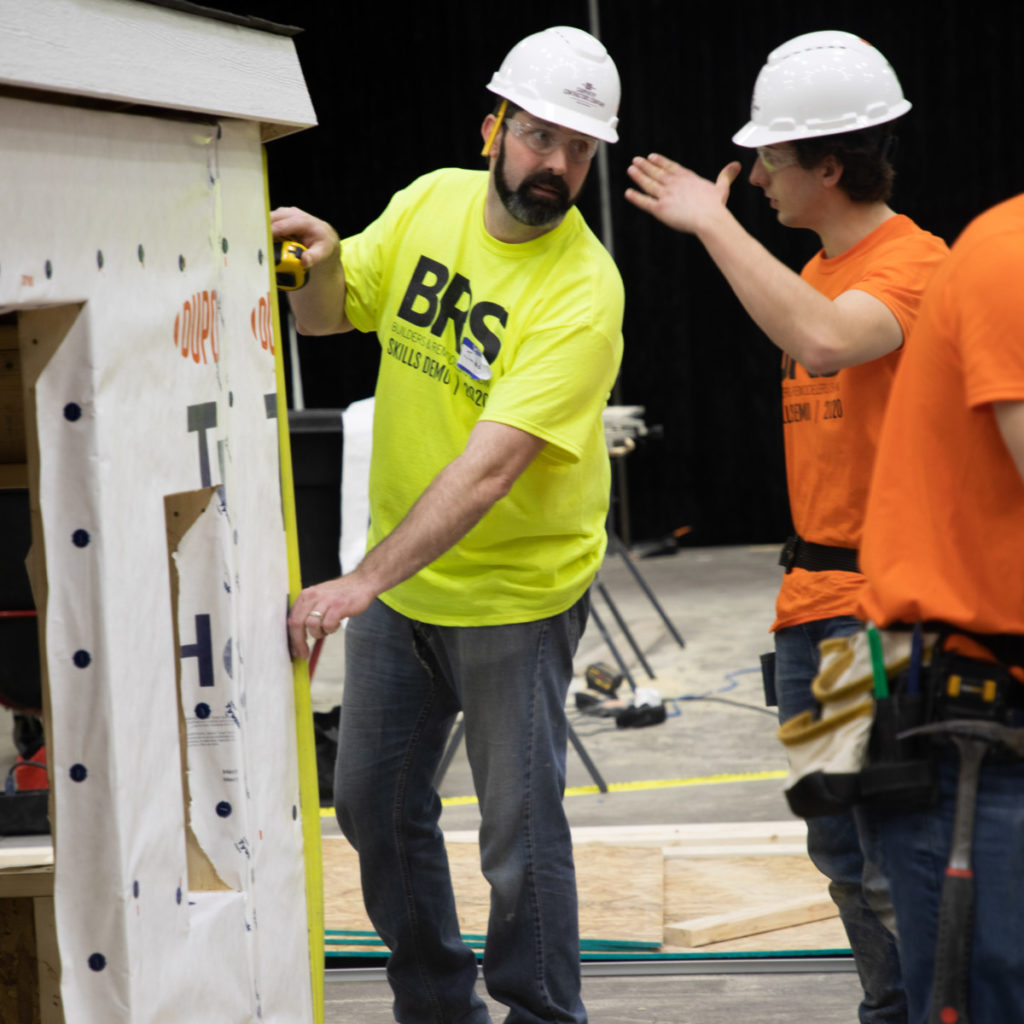
He was hooked, and today, as a project manager for Hagstrom Builder, he continues to experience the benefits of a stable job. “People will always need housing, so it’s a good opportunity to have a secure career,” he says, but “even if you don’t do this for your career, you can learn the skills to apply to your own house someday. I’ve never hired anybody to work on my house and I know I’ve saved myself a lot of money.”
Langford acknowledges that, as he was first getting started, it would’ve been helpful to consult others in the industry to learn the ideal steps to build his skills. That’s why he’s passionate about coaching the next generation of workers, teaching them useful skills as well as demonstrating the rewarding aspects of construction.
“I like the team approach, working together to construct something you can see and point out for years to come, and say, ‘I did that,’” Langford says of his favorite aspect of working for Hagstrom Builder. “It’s fun driving around and seeing what you’ve built.”
Sean Doyle
Owner, SD Custom Homes
Sean Doyle grew up around the housing industry. His dad owned a construction company focused on remodeling, and even built a few houses for their family over the years. So after a stint playing hockey in Montana after high school, Doyle decided to follow in his dad’s footsteps and join the family business.
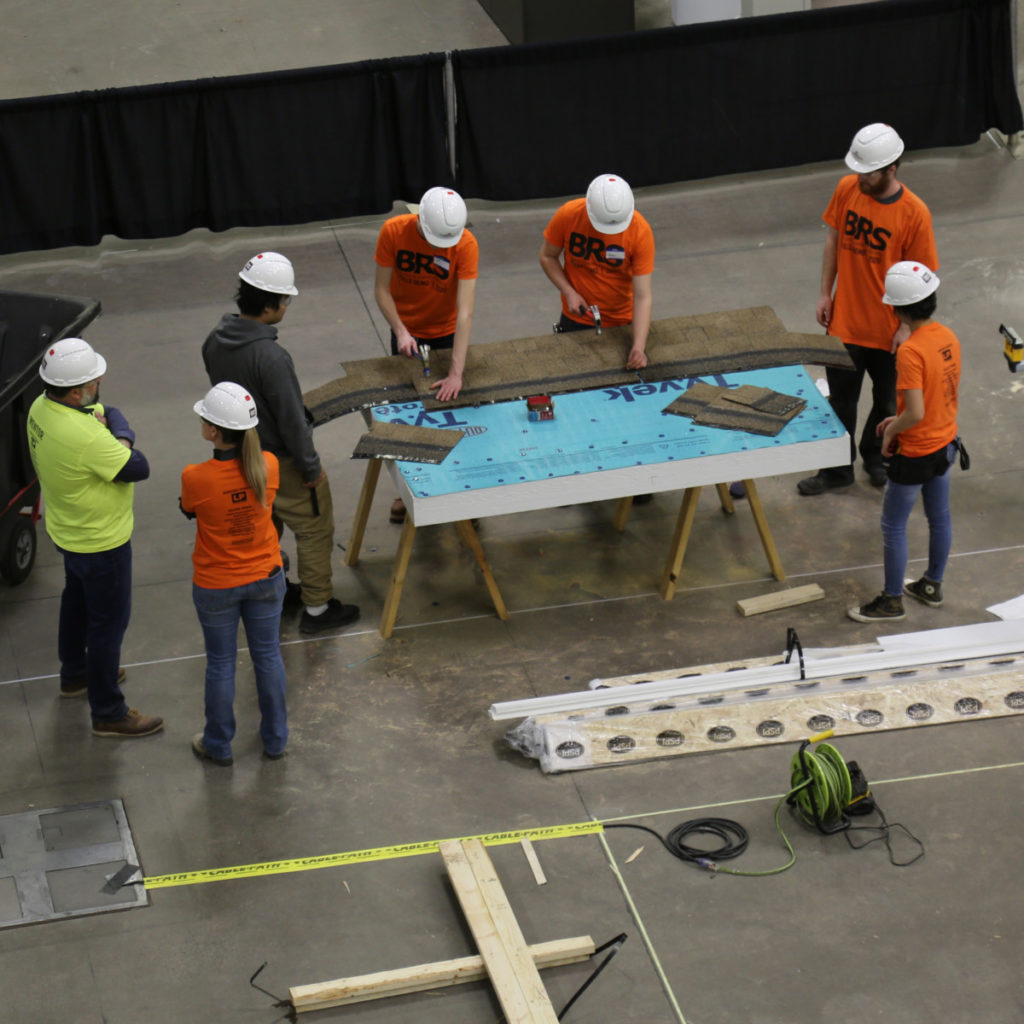
When he branched out on his own 10 years later, in 2010, he was fully prepared to tackle the hurdles of running a building business—namely, labor shortages and the number of quality workers available—head on. “That’s been a catalyst for a lot of people to get involved” in recruiting and volunteering, says Doyle, who was encouraged by the amount of kids who participated in the Student Skills Demo event.
Passion is key for anyone who wants to join the housing industry, but he recommends students also gain experience, such as through an internship or mentorship. “Being around job sites, and seeing how day-to-day operations work, is important,” he says. “You need to get the basis of what a construction site looks like, how people are operating, and what the challenges are. I don’t think you can learn that in a classroom setting.”
Peter Hagstrom
President, Hagstrom Builder
Peter Hagstrom gets so much joy out of building homes for people. “Home is where the heart is,” says Hagstrom, whose dad started the family-owned and -operated Hagstrom Builder in 1962.
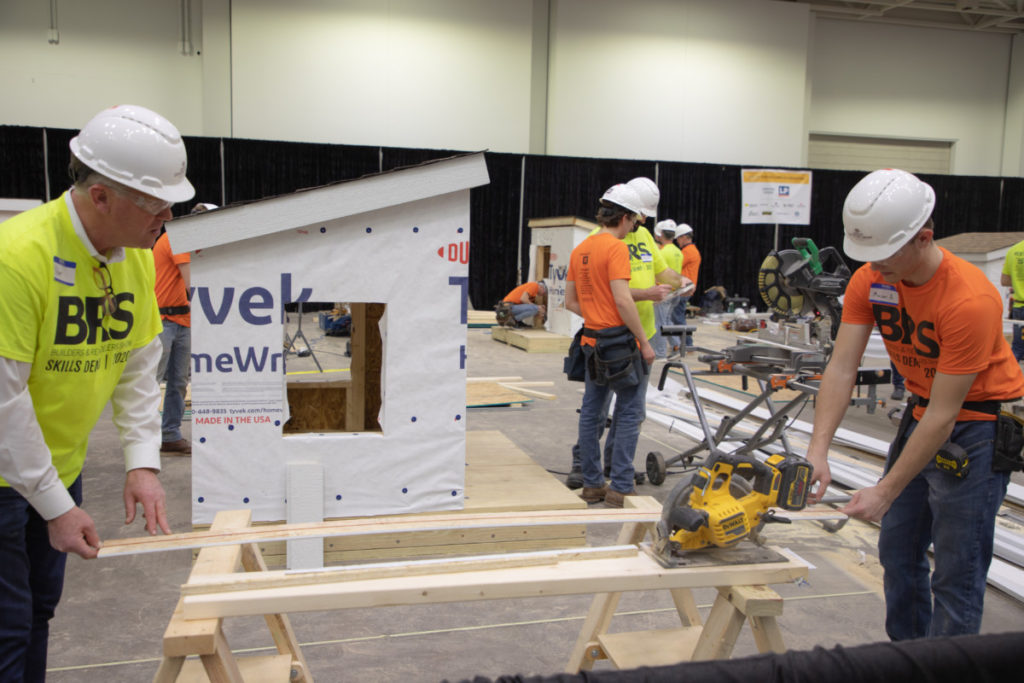
Climbing his way up from working with the crews as a carpenter to his current position as president, Hagstrom appreciates everything his career has given him, and he’s always looking for ways to give back, whether it’s reinvigorating Twin Cities neighborhoods through dignified housing and repair projects, or sharing his decades of knowledge with the next generation of builders.
To combat the labor shortage, Hagstrom offers the following advice—not to students preparing to start their careers, but to other housing industry members in the Twin Cities: “Hire some of these young kids,” he says. “Some of them work out, some of them don’t, but you have to be willing to put forth an effort in hiring. So often it’s easier to hire from a subcontractor or somebody you know that has a proven track record, rather than exposing these kids through giving them that work opportunity.”
Jon Brennhofer
Owner, dREamodel
When Jon Brennhofer got into construction 30 years ago, the housing industry outlook was much different. “It was considered to be a real occupation post high school if you weren’t going to college, which wasn’t as expected or typical as it is today,” says the owner of dREamodel, who got his start working as a laborer.
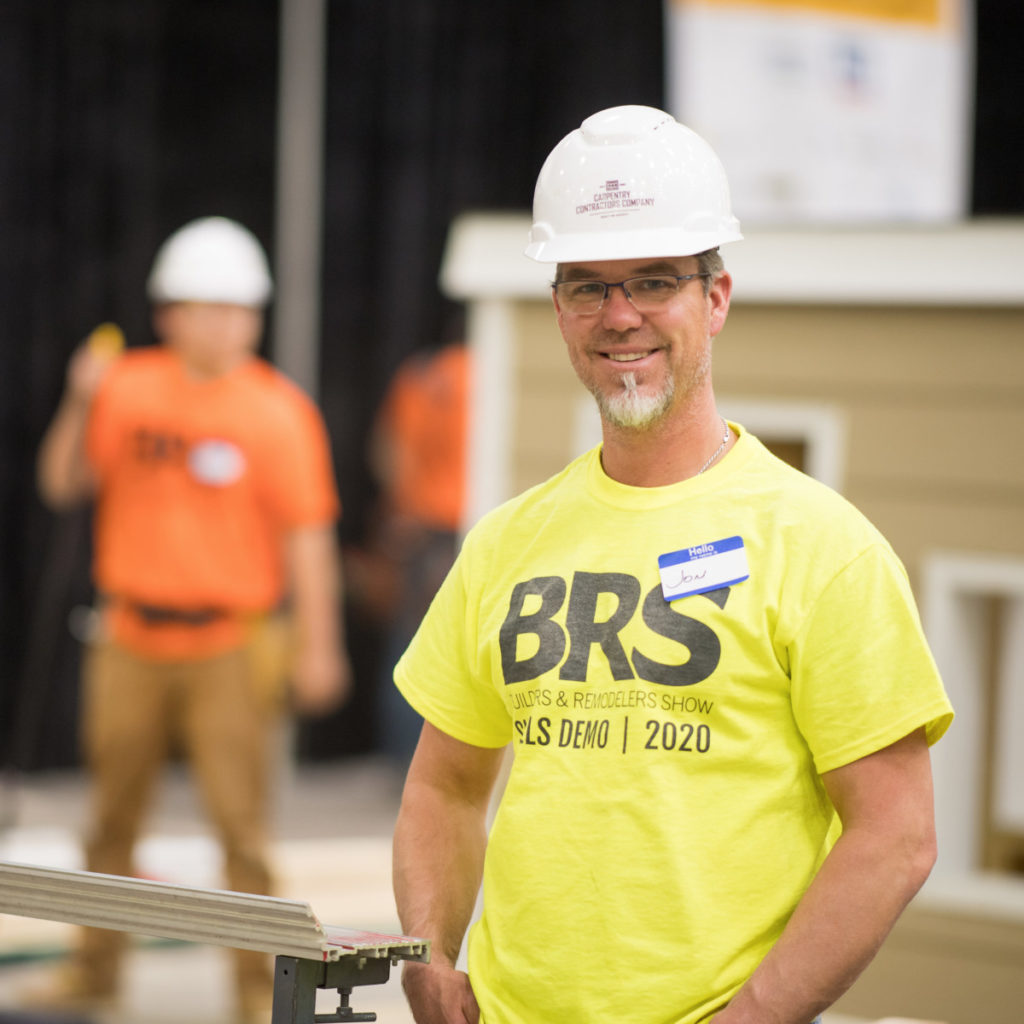
Through volunteering and community outreach, Brennhofer is trying to appeal to the next generation of potential construction workers, starting with grade school students, with whom he makes birdhouses. He also speaks at career days—highlighting the benefits of the trade industry, as well as talking about income expectations—and even offers annual scholarships for trade, tech, and vocational schools.
“We’re an aging industry and we’re going to need people going forward,” he says. “Every day, it’s instant-gratification work. It’s fun to create, build, and deliver projects for people that they love. This is a great way to make a living.”
Harry Danielson
Business Development Manager, Hallmark Building Supplies
Harry Danielson was first introduced to the construction field in college. Unsure of what he wanted to do after graduation, he was working in distribution for the automotive industry—until he was told to get out before he got stuck.
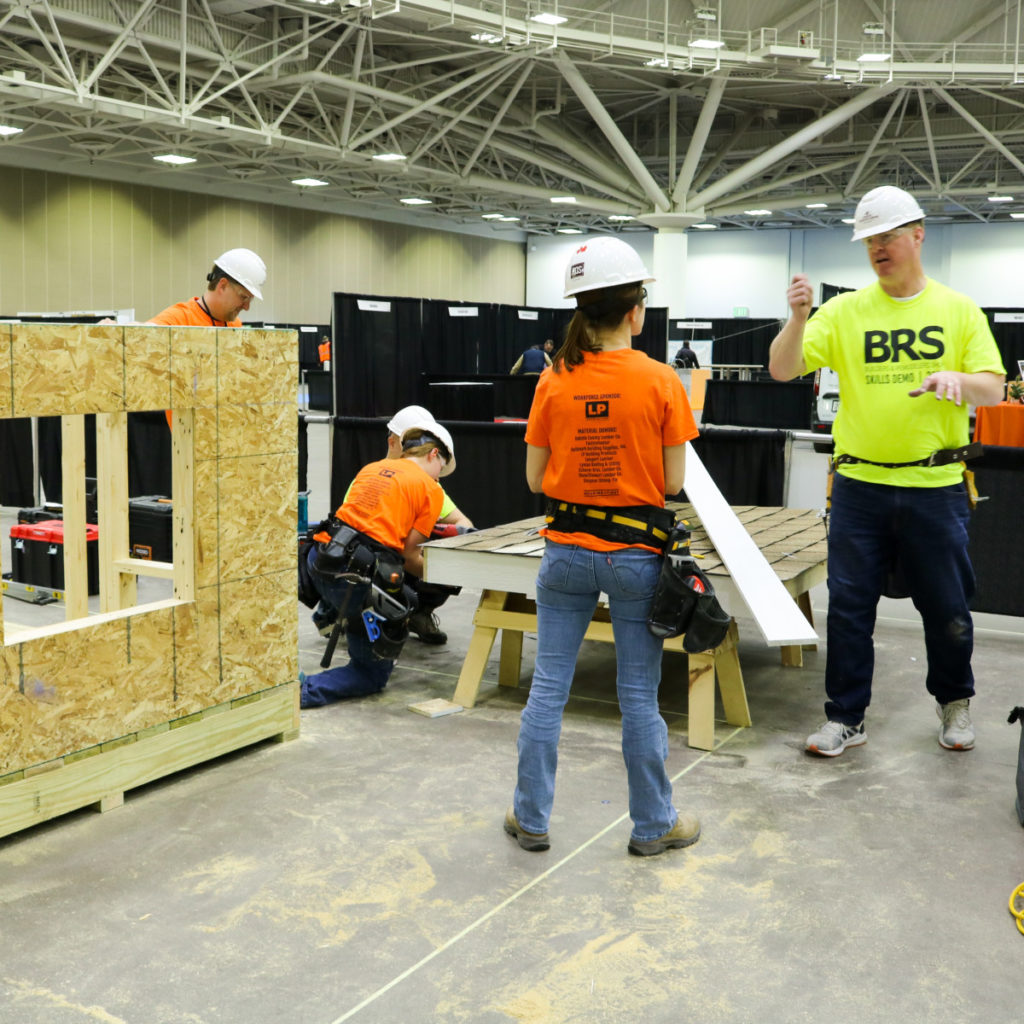
Pivoting toward marketing with an emphasis on forest products, he was quickly exposed to many different aspects of the building trade, which eventually led him to his job with Hallmark Building Supplies.
Danielson emphasizes the unique opportunities of the housing industry when working with students, such as the ability to start your own company at a young age, the freedom to craft your own schedule, and job security, since “creating and finishing a house can’t be outsourced across our borders.” But, most importantly, it gives you the chance to make a lasting impact on your community.
“You go out there and create something that didn’t exist the day before,” he says. “It could last hundreds and hundreds of years so that not only your generation but multiple generations can look back and say, ‘Look what we created.’ That’s really what makes me passionate.”

















